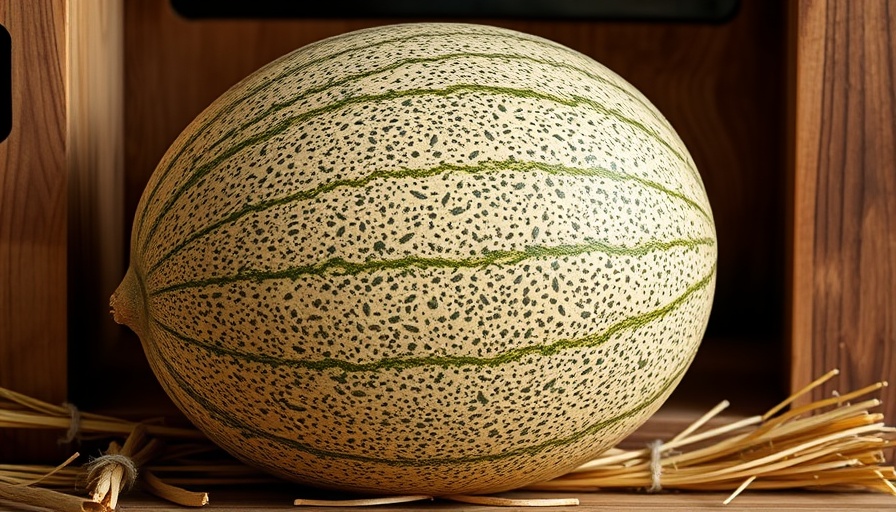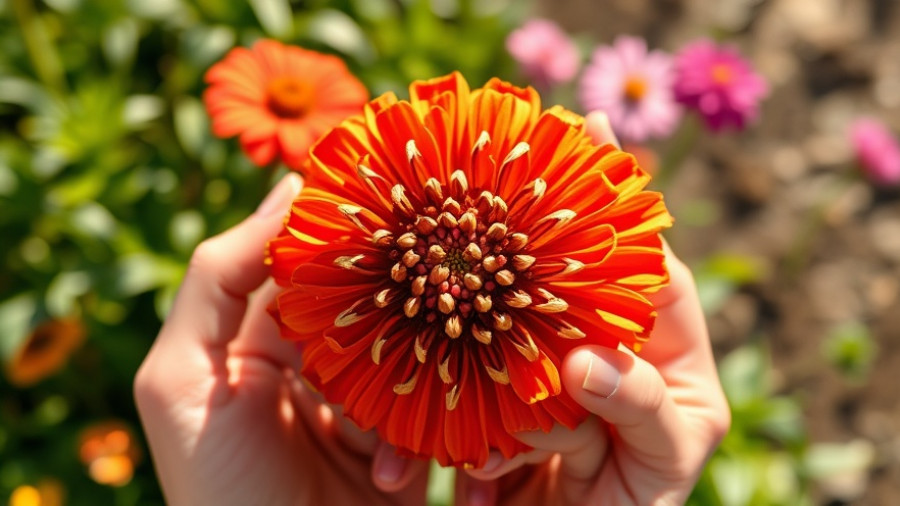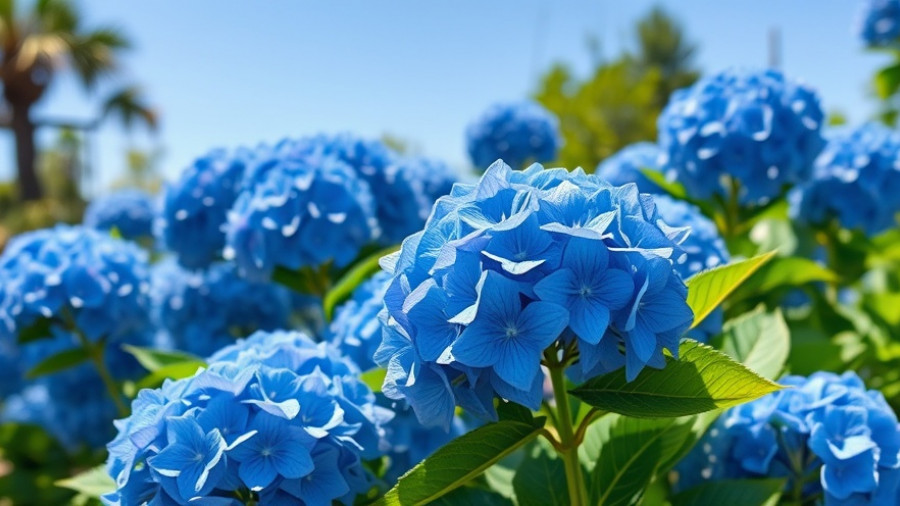
Discovering the Sweetest Delights: Fast-Growing Melons for Your Garden
Imagine stepping into your backyard, feeling the warmth of the sun on your skin, and plucking a juicy melon straight from the vine. The allure of fresh, homegrown melons is undeniable, but if you live in a region with a shorter growing season, you may feel discouraged. Fortunately, there are several fast-growing melon varieties that can make your harvest dreams a reality! Join me as we explore the seven fastest-growing melons for your garden, perfect for outdoor living and gardening lovers yearning to add a splash of sweetness to their warm days.
Why Choose Fast-Growing Melons?
The traditional patience required for cultivating melons is often a daunting challenge, especially for those in colder climates where the growing season is short. Standard melon varieties typically take around 90 to 100 days to mature—making them unsuitable for regions where summers vanish in the blink of an eye. Fast-growing melons reduce this wait time significantly, allowing gardeners to enjoy their refreshing taste without the lengthy commitment. As gardeners seek quick-growing options, these lovely fruits can easily fit into your garden landscape, providing both beauty and bounty.
Hearts of Gold Cantaloupe: A Classic Favorite
The Hearts of Gold Cantaloupe is a delightful option for home gardeners. With a growing time of approximately 75 days, it’s well worth the investment in your backyard variety. This cantaloupe boasts a deep orange flesh that’s both sweet and fragrant, making it a favorite for vibrant summer potlucks. Pair it with fresh mint for an extra twist, and you’ll have a hit on your hands!
Minnesota Midget: Compact and Sweet
The Minnesota Midget Cantaloupe, as its name suggests, is particularly suited to smaller spaces. This compact melon matures in 70 to 80 days, making it ideal for urban gardening or container gardening setups. It delivers a delightful sweetness perfect for snacking or breakfast. Consider using it in your outdoor kitchen designs—the perfect addition to summer fruit salads cooked on the grill!
Sweet Delight Honeydew: A Sunny Treat
If you’re looking for something more versatile, the Sweet Delight Honeydew is the way to go. Reaching maturity in just 75 days, these melons are known for their green flesh and sweet flavor. Incorporating honeydews in refreshing salads or desserts is a fabulous way to enjoy a summer meal outdoors.
Golden Giant: The Korean Wonder
The Golden Giant melon is a standout performer, taking only 60 days from transplant to harvesting. Known for its distinctive yellow skin and slightly less sweetness than traditional varieties, this melon is an excellent alternative for those looking to diversify their garden offerings. Its texture is reminiscent of other melons, making it a great crowd-pleaser during summer barbecues.
Escorial: A Dash of Elegance
For something a bit more unique, the Escorial is a Charentais melon that matures within 70 days. With its delicate green skin and sweet orange flesh, this petite melon adds an air of sophistication to any table. As you plan your garden layout, consider spacing melons in close proximity to create an eye-catching array that enhances your outdoor living space.
Incorporating Melons into Your Backyard
Once you've selected the best varieties for your garden, it’s time to think about integrating them into your outdoor space. Consider raised garden beds, which can help with drainage and create an attractive visual appeal. Further enhance your landscape with eco-friendly yard care practices and incorporate mulching to retain moisture during hot summer months.
Common Misconceptions about Melon Growing
Many believe that melons require extensive care and lengthy growth times, which can discourage new gardeners. However, selecting the right varieties can change that narrative. Fast-growing options dispel the myths of patience and allow you to enjoy the fruits of your labor in a fraction of the time anticipated.
Conclusion: Get Started Growing Your Melons
With summer just around the corner, now is the time to plan your melon garden. Choose fast-growing varieties that fit your lifestyle, and bring joy to your outdoor living space with their refreshing flavors. Whether you prefer the classic cantaloupe or are tempted by the unique sweetness of the Escorial, these melons are sure to impress. So grab those seeds and get planting!
Ready to revamp your garden? Take action today by utilizing these garden planning tips to maximize your outdoor oasis, and don't forget to explore innovative backyard makeover ideas that can complement your luscious melons this summer!
 Add Row
Add Row  Add
Add 




Write A Comment